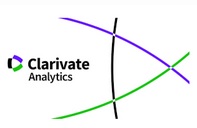Successive negative contrast effect on the emotional evaluation of images
Supporting Agencies
- CONICET- Universidad de Buenos Aires- Agencia de Promocion y Desarrollo
Abstract
Two experiments were presented in which the International Affective Picture System (IAPS) was used to study the effect of the incentive value downshift upon the observation time and emotional valuation responses in humans. One group observed pleasant slides of high arousal (pre-shift phase) and then pleasant slides of low arousal (post-shift phase, Experimental Group, GE). The Control Group (GC) observed pleasant slides of low arousal in both phases. There was not an effect on the observation time measure, but a successive negative contrast (SNC) effect was found in the emotional valuation measure. During the post-shift phase, the GE evaluated the slides as less emotional than the GC. These results indicate that the affective evaluation of the images is modulated by negative contrast effect.Downloads
Download data is not yet available.
Metrics
Views/Downloads
-
Abstract859
-
PDF (Español (España))532
20-09-2013
Cuenya, L., Kamenetzky, G., Fosacheca, S., & Mustaca, A. E. (2013). Successive negative contrast effect on the emotional evaluation of images. Anales De Psicología Annals of Psychology, 29(3), 944–952. https://doi.org/10.6018/analesps.29.3.150861
Psychology of emotion
About Copyright and Licensing, more details here.










